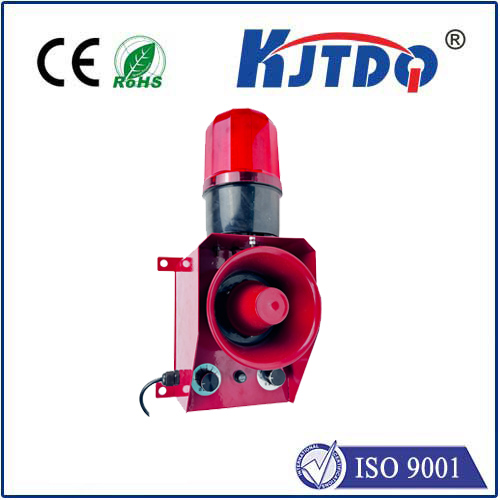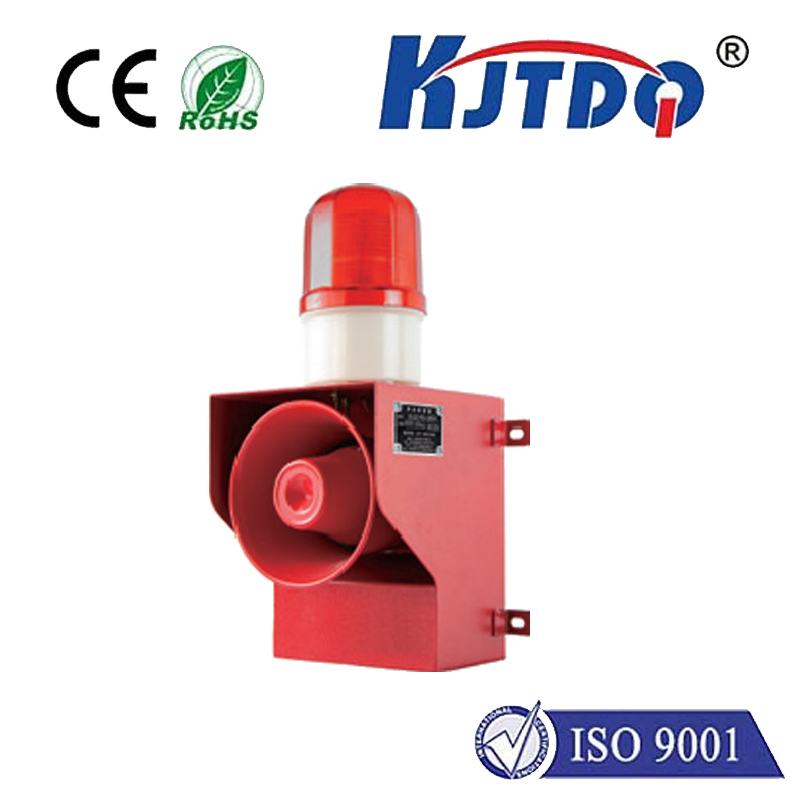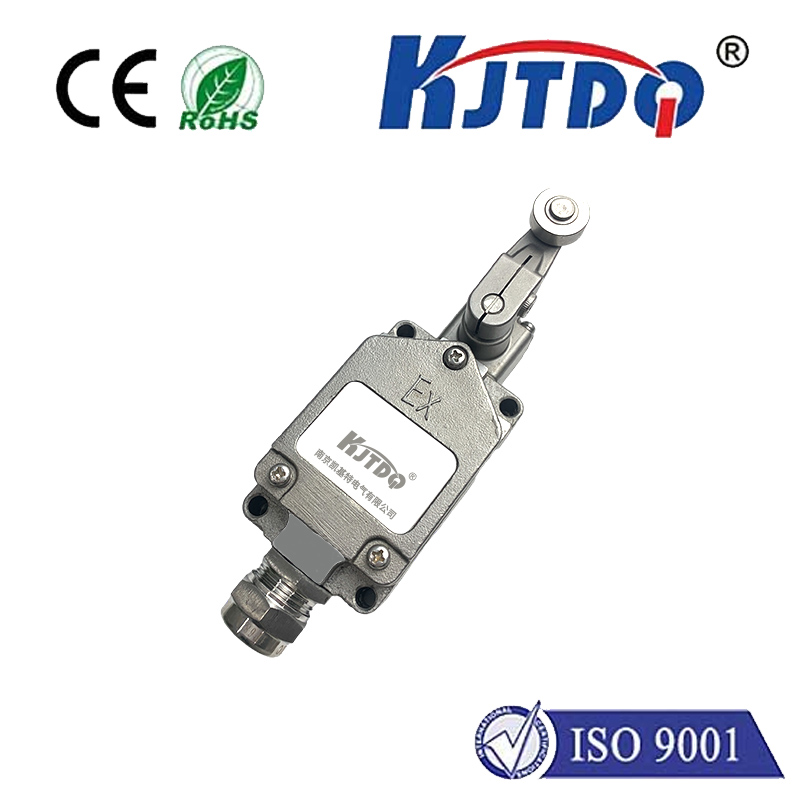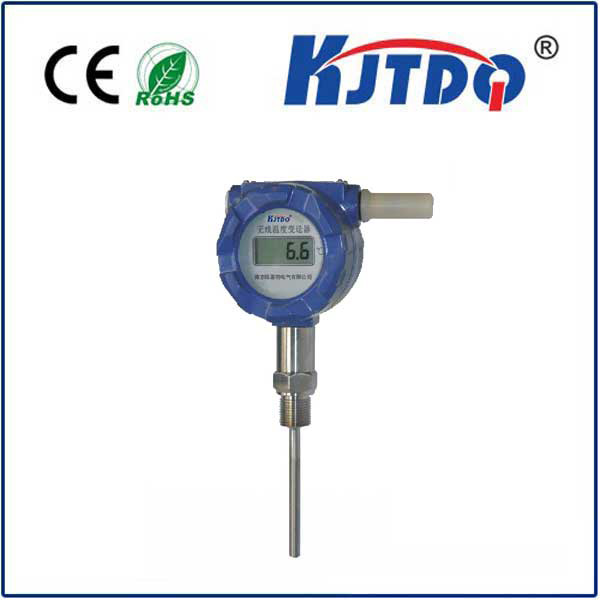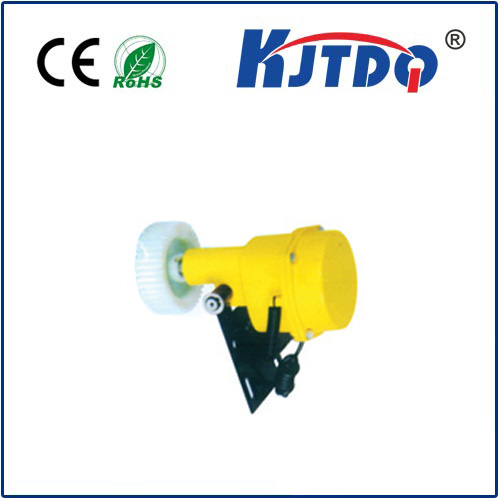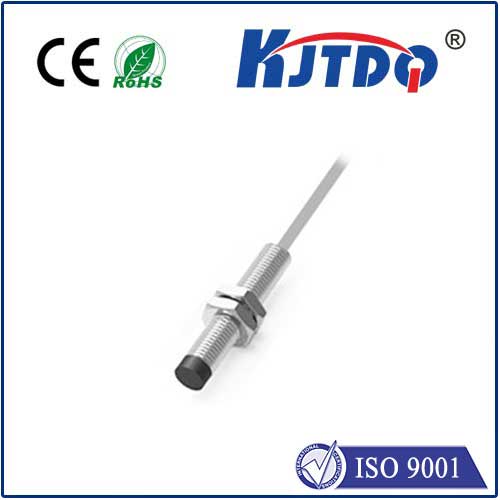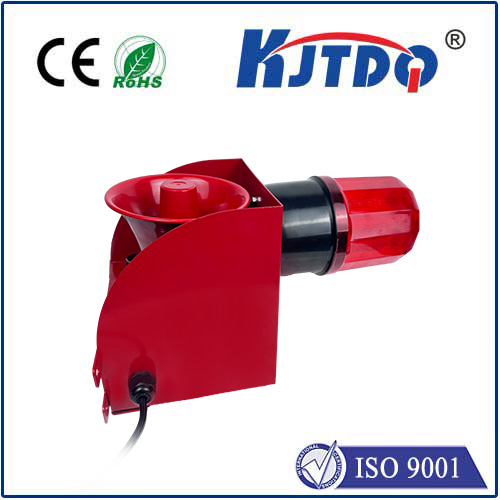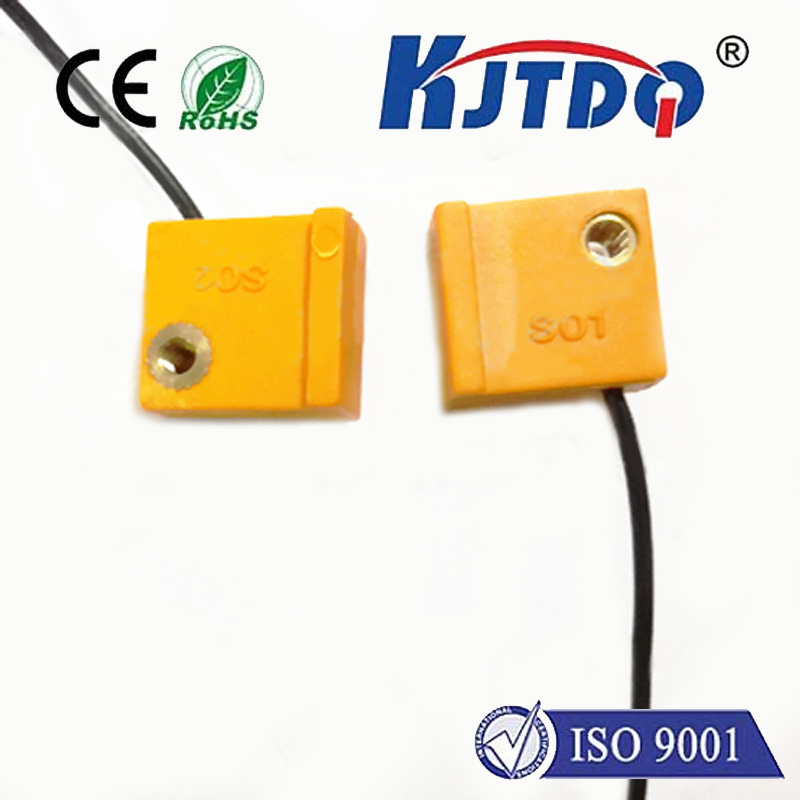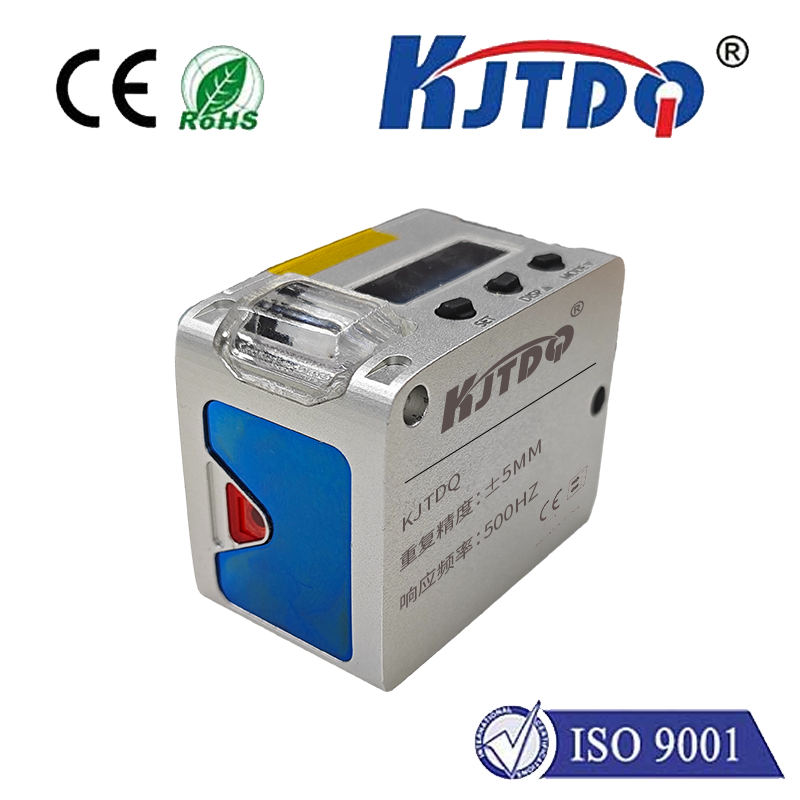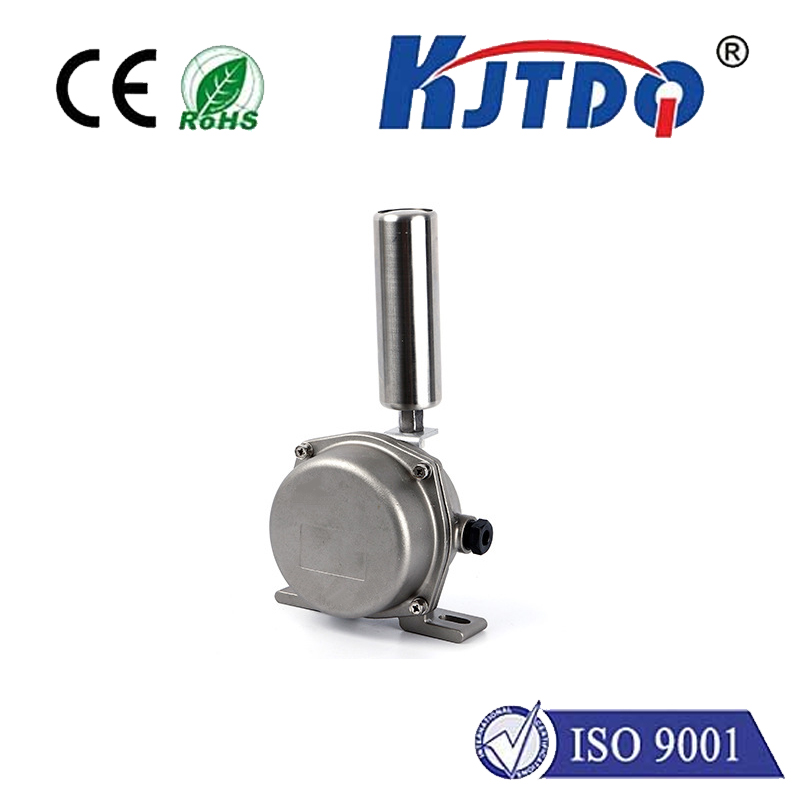high temp proximity sensor
- time:2024-11-07 11:55:47
- Click:0

Harnessing the Power of High Temp Proximity Sensors: Enhancing Industrial Efficiency and Safety
In today’s fast-paced industrial world, the demand for precise, reliable, and high-performing sensors has never been greater. Among the myriad of sensing technologies available, high temp proximity sensors stand out as game-changers in various applications where extreme heat poses a significant challenge. These advanced sensors are engineered to operate seamlessly in high-temperature environments without compromising accuracy or longevity.
Understanding High Temp Proximity Sensors
High temp proximity sensors are specialized devices designed to detect the presence or absence of an object within a specific range, even in elevated temperature conditions. Unlike conventional proximity sensors that may malfunction or fail when exposed to extreme heat, these sophisticated sensors incorporate materials and design principles that enable them to withstand harsh thermal environments. This resilience makes them indispensable in industries such as automotive, aerospace, manufacturing, and energy production, where temperatures can soar well beyond the norm.
Key Features and Advantages
- Thermal Resistance: High temp proximity sensors are constructed using materials capable of withstanding extreme heat, ensuring uninterrupted operation even in temperatures exceeding several hundred degrees Celsius. This feature is crucial in preventing sensor burnout and maintaining consistent performance.
- Accuracy and Precision: Despite the challenging conditions, these sensors maintain their sensitivity and accuracy, providing reliable data crucial for process control, automation, and safety systems. They offer precise distance measurement, allowing for tighter tolerance controls and optimized operational efficiency.
- Durability and Longevity: Engineered with robust components and advanced encapsulation techniques, high temp proximity sensors boast extended lifespans, reducing maintenance costs and downtime. Their resistance to corrosion, vibration, and mechanical stress further enhances their durability in demanding environments.
- Versatility: Available in a variety of types including capacitive, inductive, and ultrasonic, these sensors can be tailored to suit diverse application needs. Whether it’s metal detection in a furnace or monitoring conveyor belt positioning in a high-heat zone, there’s a high temp proximity sensor for every task.
Applications Driving Industry Innovation
- Automotive Manufacturing: In the automotive industry, high temp proximity sensors play a vital role in monitoring engine components, exhaust systems, and turbochargers. By accurately sensing the position and movement of parts under extreme heat, they contribute to improved fuel efficiency, reduced emissions, and enhanced vehicle performance.
- Aerospace Engineering: Aerospace applications require sensors that can endure the intense heat generated during flight and reentry. High temp proximity sensors ensure the flawless operation of landing gear mechanisms, flap actuation systems, and other critical components, contributing to passenger safety and aircraft reliability.
- Industrial Furnace Control: In steel mills and foundries, controlling the position of materials within furnaces is paramount. High temp proximity sensors provide real-time feedback on material levels and movements, enabling precise temperature regulation and optimizing production processes while safeguarding worker safety.
- Energy Sector: From nuclear reactors to geothermal plants, high temp proximity sensors monitor equipment status and operational parameters in extreme heat conditions. Their ability to function reliably ensures the continuous supply of clean energy and facilitates early detection of potential issues, thereby minimizing risks and maximizing efficiency.
Conclusion: Elevating Industrial Standards
As industries continue to push the boundaries of what’s possible, the need for technology that can keep pace becomes ever more pressing. High temp proximity sensors exemplify this progress by offering unmatched reliability and precision in environments where others falter. By integrating these sensors into their operations, businesses can achieve higher productivity, improved safety protocols, and ultimately, drive innovation forward. With ongoing advancements in sensor technology, the future holds even greater promise for overcoming the challenges posed by extreme temperatures, solidifying the role of high temp proximity sensors as cornerstones of modern industrial applications.





